Stability running shoes can make a world of difference for men who value both support and comfort during their runs. Whether you’re an avid marathon runner or just starting your fitness journey, having the right shoes can enhance performance, reduce the risk of injuries, and provide that extra push on your running path. In this comprehensive guide, we’ll explore everything you need to know about stability running shoes, including features, popular models, real-world experiences, and answers to frequently asked questions.
What Are Stability Running Shoes?
Stability running shoes are specifically designed to support runners who overpronate—meaning their feet roll inward excessively while jogging. This rolling motion can lead to various injuries if not properly managed, making stability shoes essential for those with flat or low arches. Stability shoes offer a blend of cushioning and support, allowing for a smoother run while maintaining comfort.
Key Features of Stability Running Shoes
When choosing stability running shoes, consider several key features:
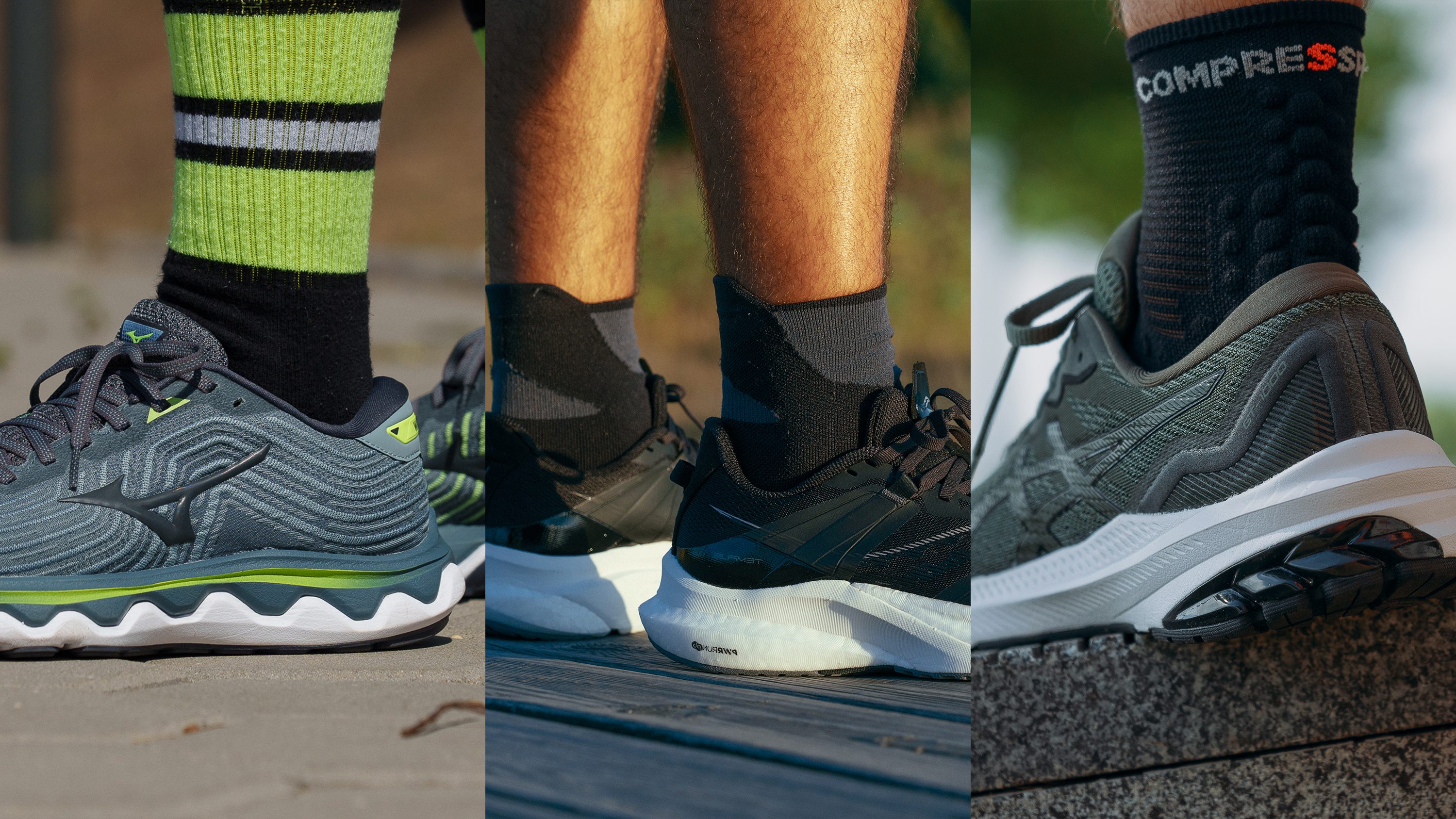
- Cushioning: Provides comfort and shock absorption.
- Arch support: Helps to maintain proper alignment and prevent overpronation.
- Heel counter: A rigid material that keeps your heel in place for a secure fit.
- Midsole technology: Offers stability and enhances responsiveness.
- Outsole grip: Ensures traction on different surfaces.
Benefits of Wearing Stability Running Shoes
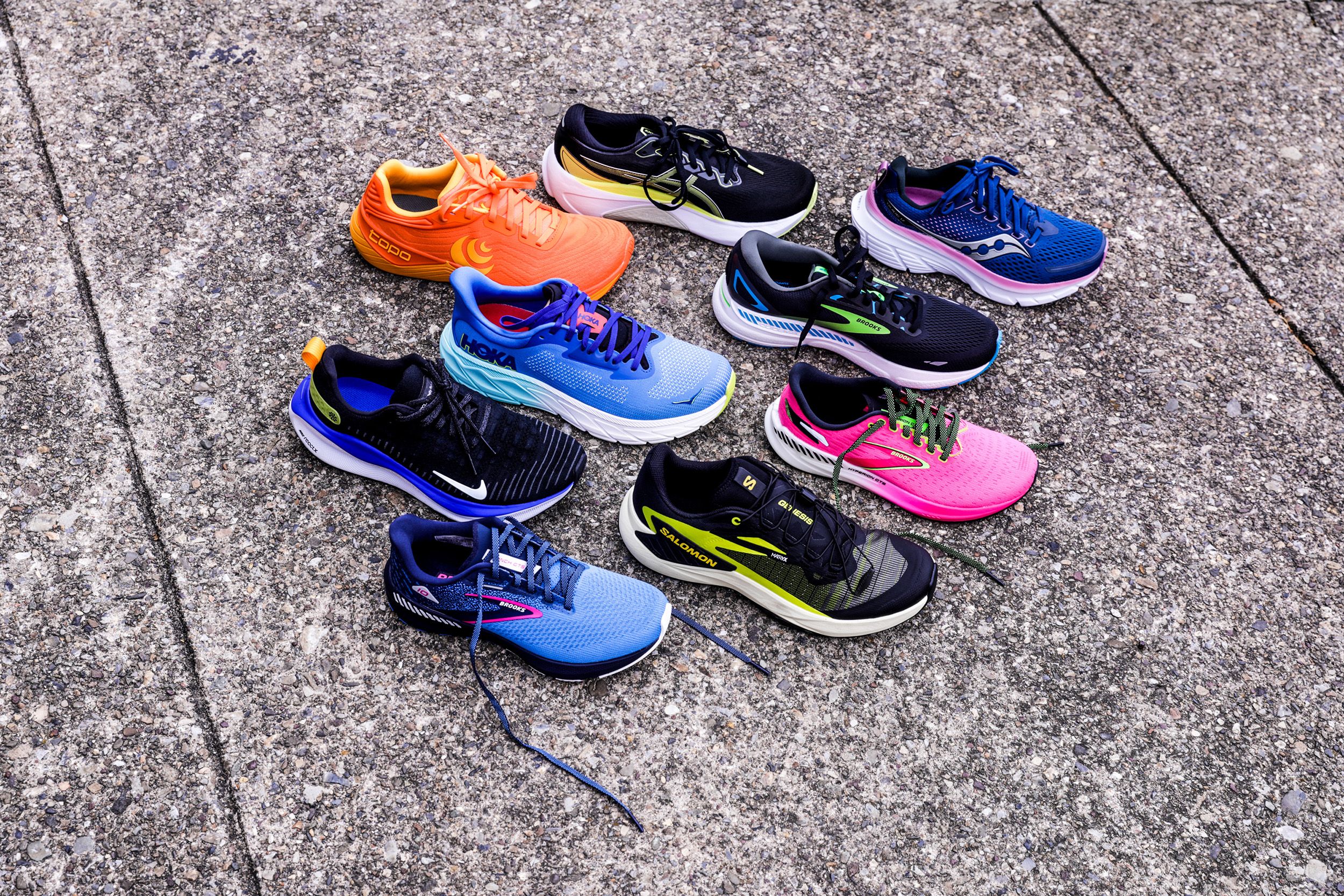
Wearing stability running shoes comes with various benefits, particularly for men who run regularly:
- Reduces Injury Risk: The added support helps minimize injuries related to overpronation.
- Improves Performance: Enhanced stability allows for better energy transfer, improving your running efficiency.
- Comfortable Fit: Designed with ample cushioning, these shoes keep your feet comfortable over long distances.
- Adaptability: Suitable for various terrains, from trails to road running.

Popular Brands and Models
Several footwear brands offer excellent stability running shoes. Let’s take a look at a few of the most popular options available today:
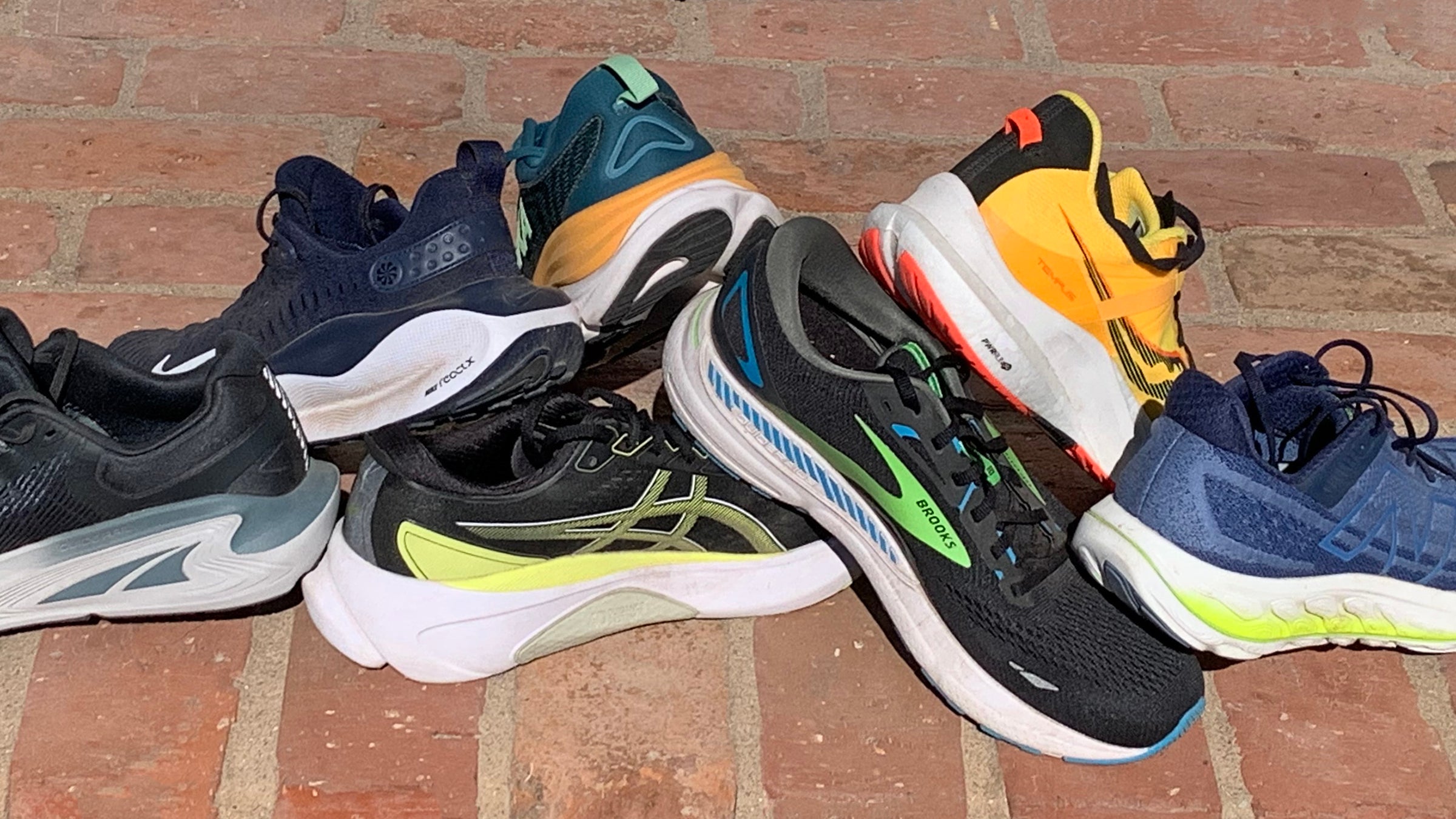
| Brand | Model | Key Features | Price Range |
|---|---|---|---|
| Brooks | Adrenaline GTS 22 | DNA Loft cushioning, GuideRails support system | $130 – $160 |
| ASICS | Gel-Kayano 28 | FlyteFoam technology, Dynamic Duomax support | $160 – $190 |
| Nike | Air Zoom Structure 24 | Zoom Air unit, Dynamic Fit technology | $120 – $150 |
| New Balance | 860v11 | Fresh Foam midsole, TRUFUSE cushioning | $130 – $160 |
| Saucony | Guide 14 | PWRRUN cushioning, FORMFIT technology | $130 – $150 |
Real-World Experiences with Stability Running Shoes
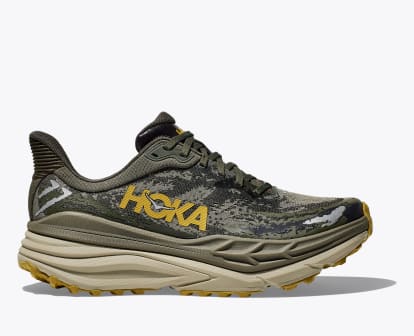
Case Study: John’s Running Journey
Meet John, a 35-year-old marketing executive who took up running to stay fit. Initially, he struggled with shin splints that made it difficult for him to maintain a consistent workout routine. After consulting a local running store, John was recommended the Brooks Adrenaline GTS 22. Here’s a glimpse into his experience:

“When I first tried on the Brooks Adrenaline GTS 22, I felt the difference instantly. The shoe offered incredible arch support and a plush feel with the DNA Loft cushioning. My runs became much more enjoyable, and I noticed a significant reduction in my shin splints within a few weeks. The GuideRails support system really helped to keep my feet aligned, allowing me to focus on distance instead of discomfort.”
Comparison: John vs. Sam’s Experience
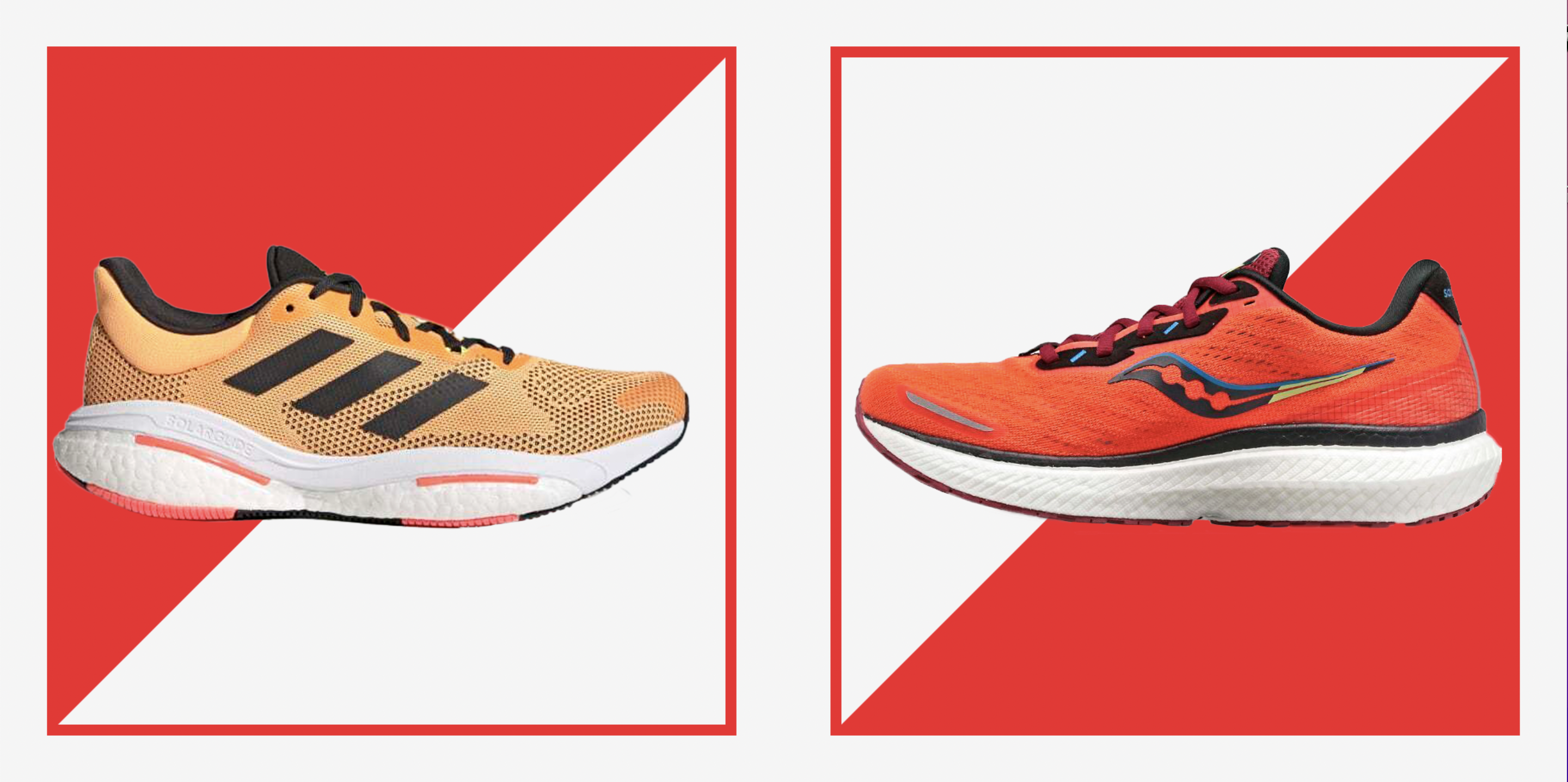
While John flourished with his Brooks Adrenaline, Sam—a flat-footed runner—faced challenges similar to those John encountered before changing shoes. Sam opted for the ASICS Gel-Kayano 28. Here’s his perspective:
“Switching to the ASICS Gel-Kayano was a game-changer. The FlyteFoam technology provided a responsive feel, and I loved how the Dynamic Duomax support kept my feet from rolling inwards. I felt more confident in my strides and could finally run longer distances without discomfort.”
Takeaway
Both John and Sam found success with different stability shoes, illustrating that the right fit and features greatly enhance the running experience. When selecting running shoes, it’s crucial to consider your specific foot type and running style.
Tips for Choosing the Right Stability Running Shoes
Finding the perfect pair of stability running shoes can feel overwhelming with so many options available. Here are some actionable tips to guide your decision-making:
1. Assess Your Foot Type
Understanding whether you have a neutral arch, flat feet, or high arches can help you choose the right stability shoe. Many specialty running stores offer gait analysis to determine your foot type.
2. Prioritize Comfort
Your comfort is paramount. Always try on shoes at the end of the day when your feet are slightly swollen to get a more accurate fit. Walk or jog a few laps to ensure they feel good.
3. Evaluate Cushioning Needs
Consider the level of cushioning that suits your running style. Some runners prefer more responsive cushioning, while others lean towards a softer, plush feel. Test different models to see what resonates with you.
4. Brand Reputation and Reviews
Research brands that specialize in stability shoes. User reviews can be an excellent resource for understanding how a shoe performs in real-world conditions.
5. Don’t Forget About Break-In Time
New shoes often require a break-in period. Gradually increase your running distance in new shoes to avoid discomfort or injury.
Pros and Cons of Stability Running Shoes
Before making a purchase, it’s important to weigh the pros and cons:
| Pros | Cons |
|---|---|
| Excellent arch support | Can feel rigid for some users |
| Reduced injury risk | Heavier than neutral shoes |
| Ideal for overpronators | May not suit all foot types |
| Long-lasting durability | Higher price range for premium models |
Frequently Asked Questions (FAQs)
1. What are the signs that I need stability running shoes?
If you frequently experience knee pain, shin splints, or uneven wear on your shoes, you may require stability running shoes. A gait analysis can also provide insights into your foot mechanics.
2. Can I use stability running shoes for other activities?
While they are designed primarily for running, stability shoes can be used for walking and gym workouts. However, if you participate in other sports, specialized shoes may be more suitable.
3. How long do stability running shoes last?
On average, stability running shoes last between 300 to 500 miles, depending on your running style and surface. Pay attention to signs of wear and replace them as needed.
4. Can stability shoes help with flat feet?
Yes, stability shoes provide ample support for flat feet, helping to correct overpronation and offering a more comfortable running experience.
5. Should I go up or down a size in stability running shoes?
It’s generally recommended to have about a thumb’s width of space between your longest toe and the end of the shoe. If in doubt, trying on different sizes before purchase helps find the perfect fit.
6. Are stability running shoes heavier than other types?
Yes, stability running shoes typically weigh more than neutral shoes due to the added support features. However, this weight difference is often compensated by enhanced comfort and protection.
7. Do I need custom insoles with stability shoes?
Most stability running shoes offer sufficient arch support, but if you have specific foot conditions, custom insoles can further enhance comfort and support.
8. Can I wash my stability running shoes?
You can clean your shoes with a damp cloth and mild soap, but avoid machine washing as it may damage the materials. Always air dry them away from direct heat.
9. How can I tell if my stability shoes are worn out?
Check for signs of uneven wear on the outsole, decreased cushioning, or if you begin to feel discomfort during runs. Once you notice these signs, it’s time to replace your shoes.
10. How do I break in my new stability running shoes?
Start by wearing your new shoes for short runs or walks. Gradually increase the duration and intensity to allow both your feet and the shoes to adapt.
11. Are stability running shoes suitable for all running styles?
Stability shoes are specifically designed for runners who overpronate. If you have a neutral running gait or supinate, a different type of shoe may suit you better.
Conclusion
Choosing the right pair of stability running shoes for men involves understanding your unique needs, assessing various models, and considering the tips outlined in this guide. Remember, investing in a quality pair of stability shoes can elevate your running experience, significantly reducing injury risks and improving performance. Whether you opt for the Brooks Adrenaline GTS 22 or the ASICS Gel-Kayano 28, each offers its unique set of features to support your running journey. Lace up and hit the pavement with confidence!